In Photos: Ancient Tomb Full of Mummies Discovered in Luxor
Luxor tomb
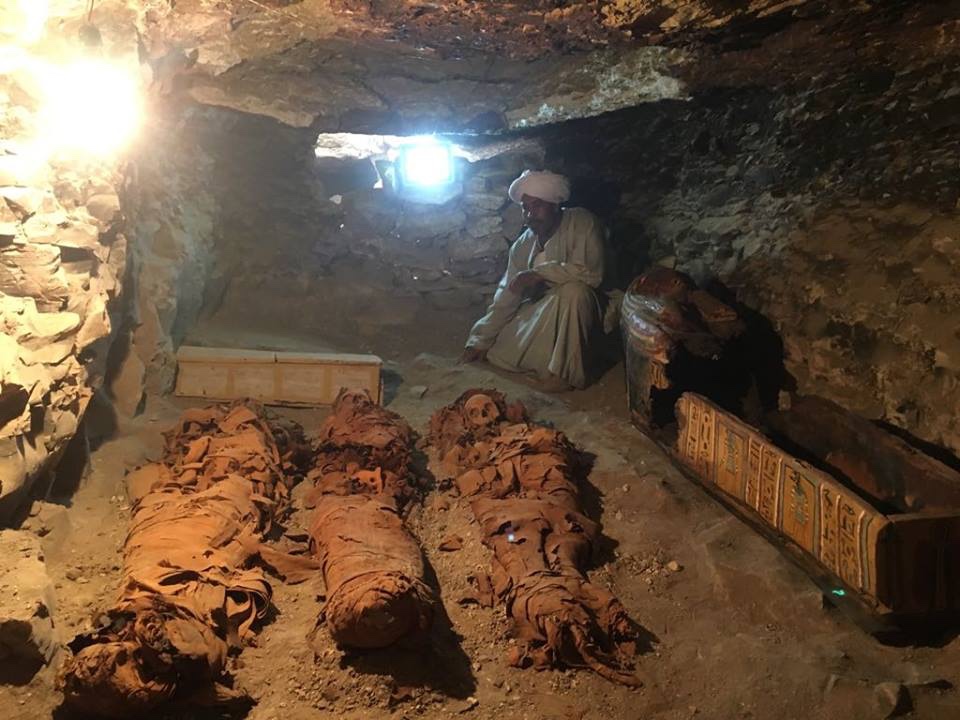
A 3,500-year-old tomb that was originally built for a goldsmith named Amenemhat and his wife has been discovered at the cemetery of Dra' Abu el-Naga in Luxor, Egypt, officials from Egypt's antiquities ministry announced. The tomb was reused during the 11th and 10th centuries B.C., officials said.
Luxor tomb -2
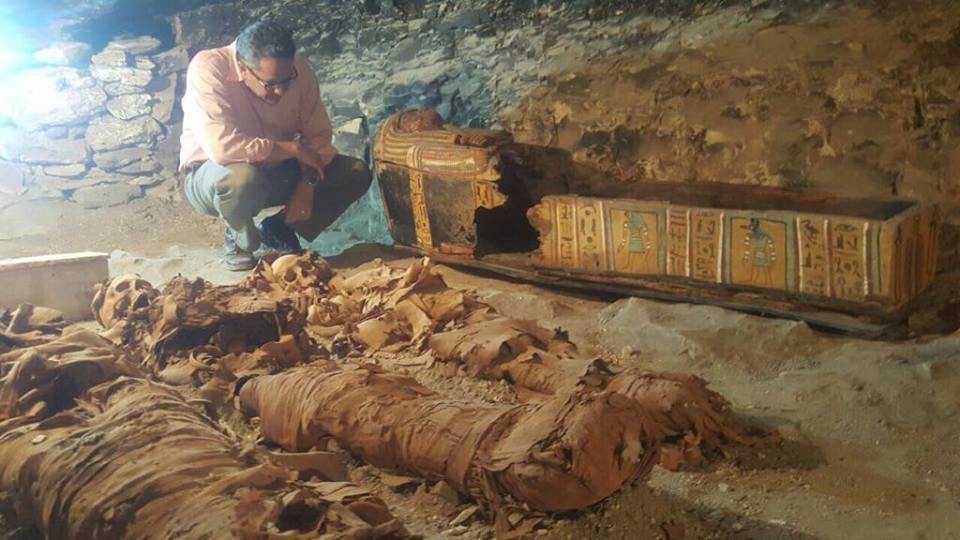
Here, the remains of three mummies and a wooden coffin that were found inside the tomb. It's not clear at present whether any of the mummies belong to the goldsmith, Amenemhat, or his wife, or who the coffin seen in this photo belongs to.
Luxor tomb -3
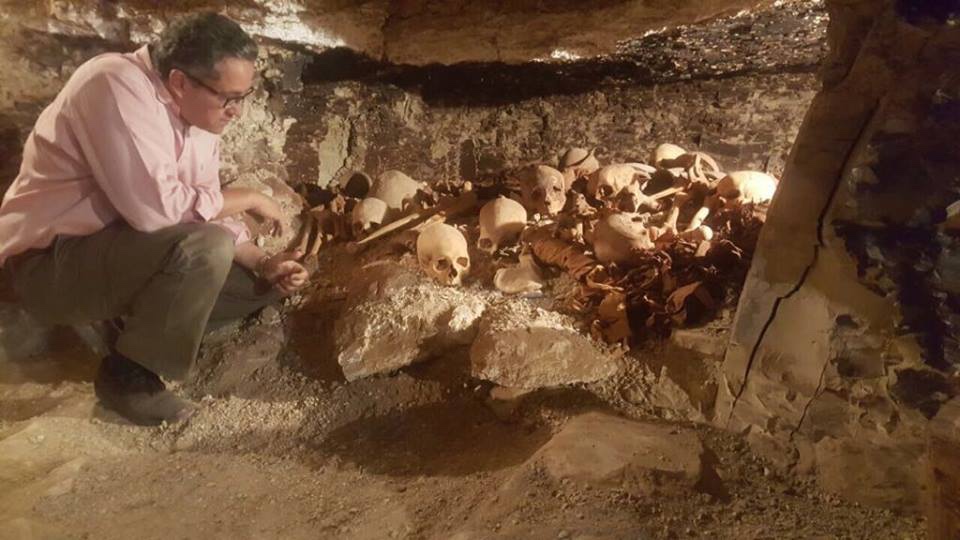
Numerous skeletal remains were found in the goldsmith's tomb. It's not certain at present who exactly these remains belong to. While the tomb was originally constructed 3,500 years ago for Amenemhat and his wife, it was reused around 3,000 years ago, officials said.
Luxor tomb -4
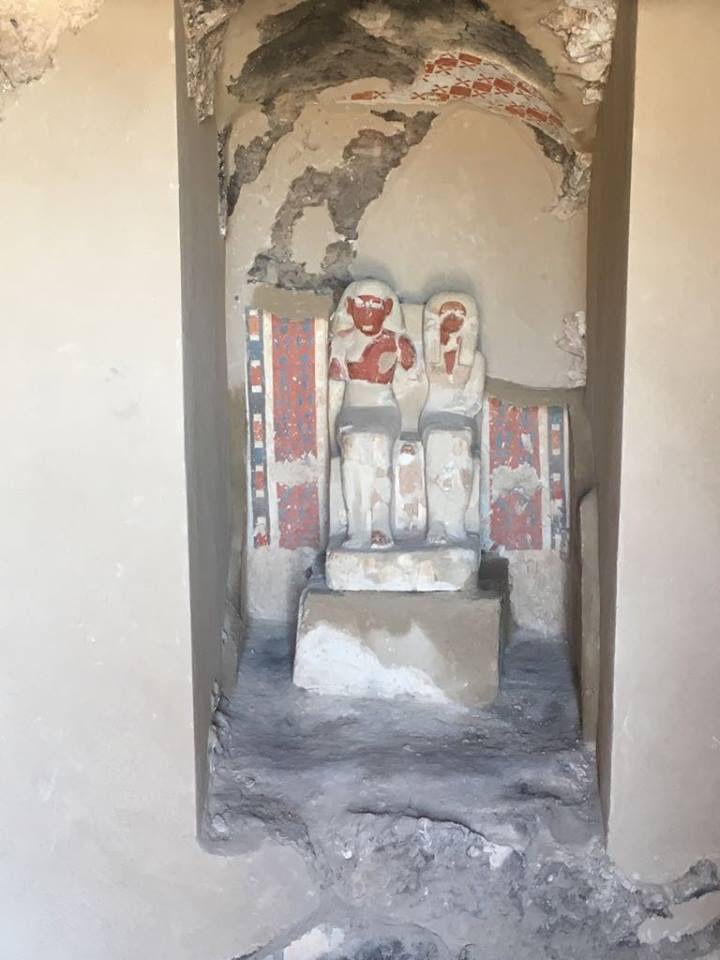
Small statues, including the one shown here, were also found in the tomb of Amenemhat and his wife. The statue may depict the couple.
Luxor tomb -5
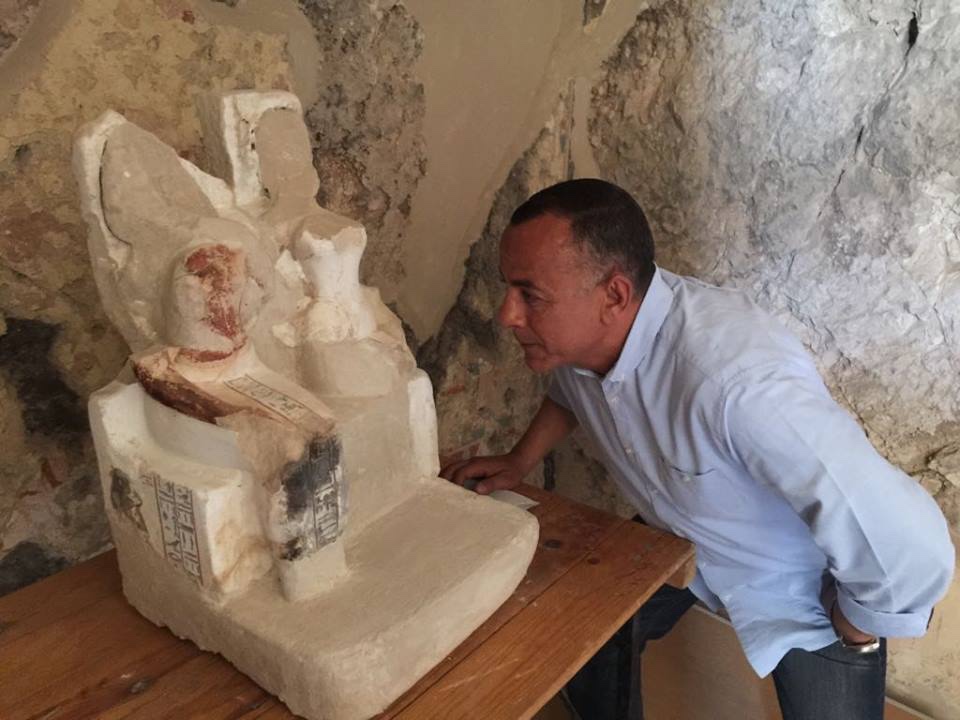
Here, another small statue found in the tomb. Although badly damaged, some of the hieroglyphic writing can still be seen. The writing found on this statue, and on other remains in the tomb, told Egyptologists that the tomb was originally built for the goldsmith Amenemhat and his wife.
Luxor tomb -6
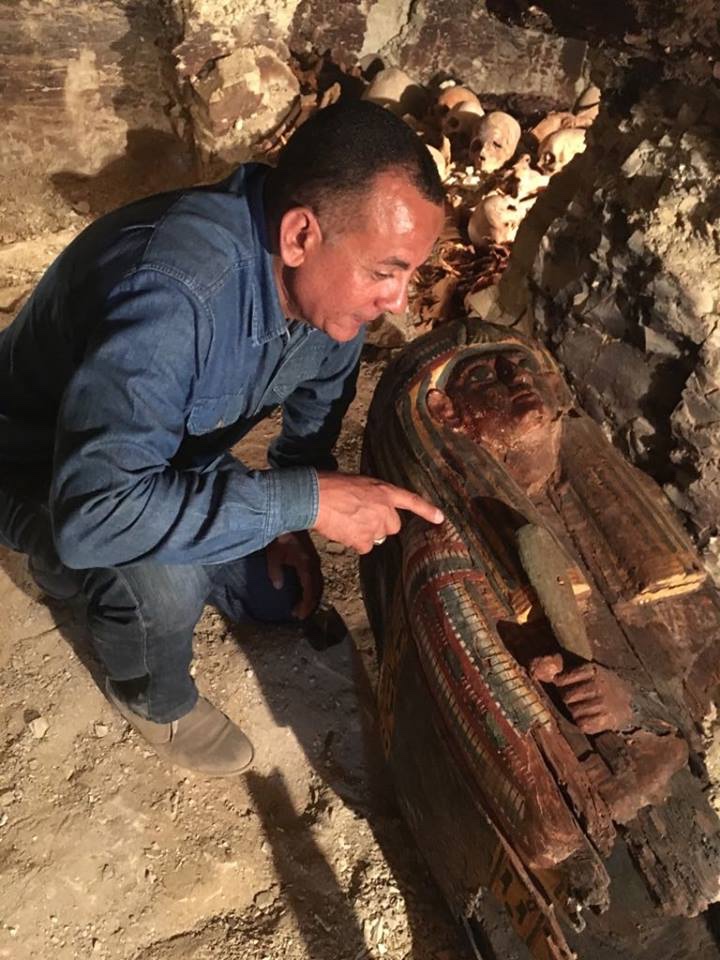
Multiple coffins were found inside the tomb, including this one. The remains of colorful decorations and hieroglyphic writing can be seen on this coffin.
Luxor tomb -7
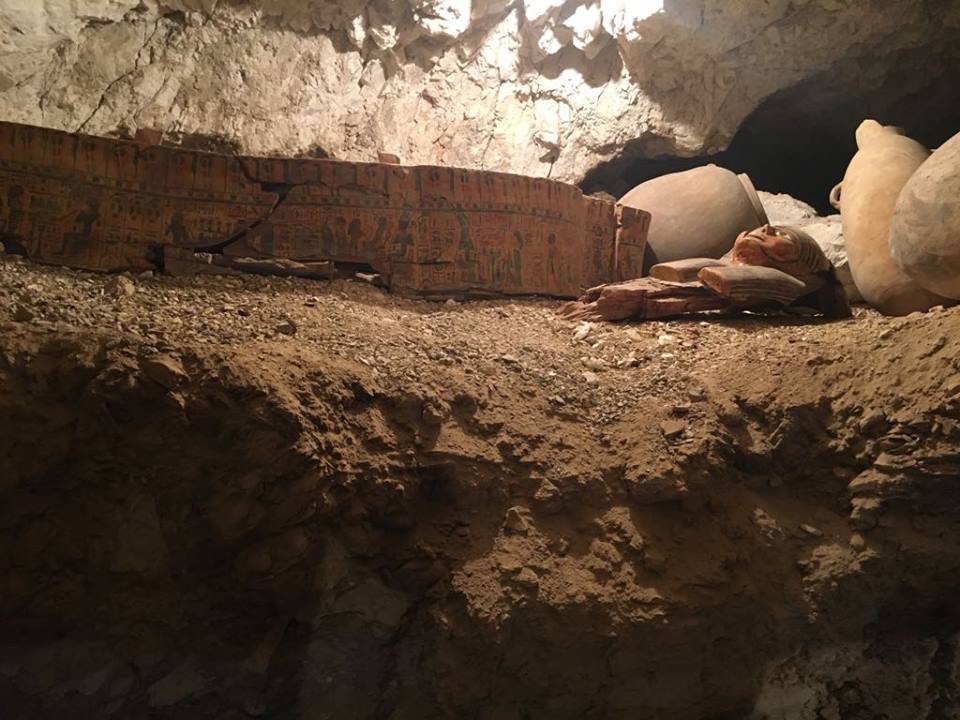
The remains of wooden coffins, a mummy mask and pottery were found inside the goldsmith's tomb.
Get the world’s most fascinating discoveries delivered straight to your inbox.
Luxor tomb -8
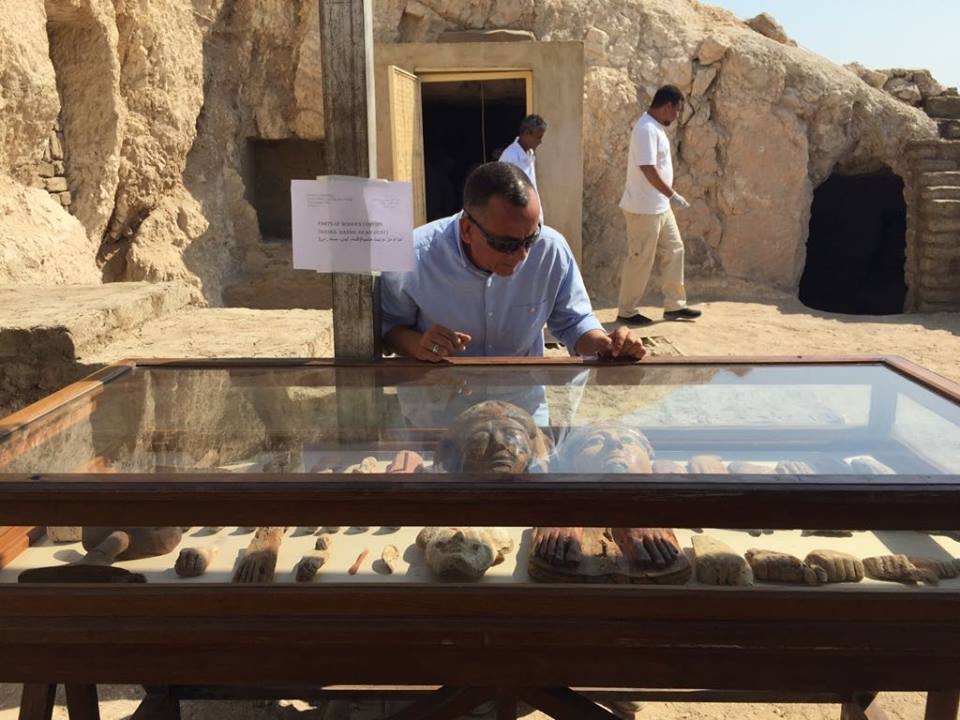
Here, some of the artifacts found inside the goldsmith's tomb. The remains of what appear to be mummy masks, coffins and statues can also be seen.
Luxor tomb -9
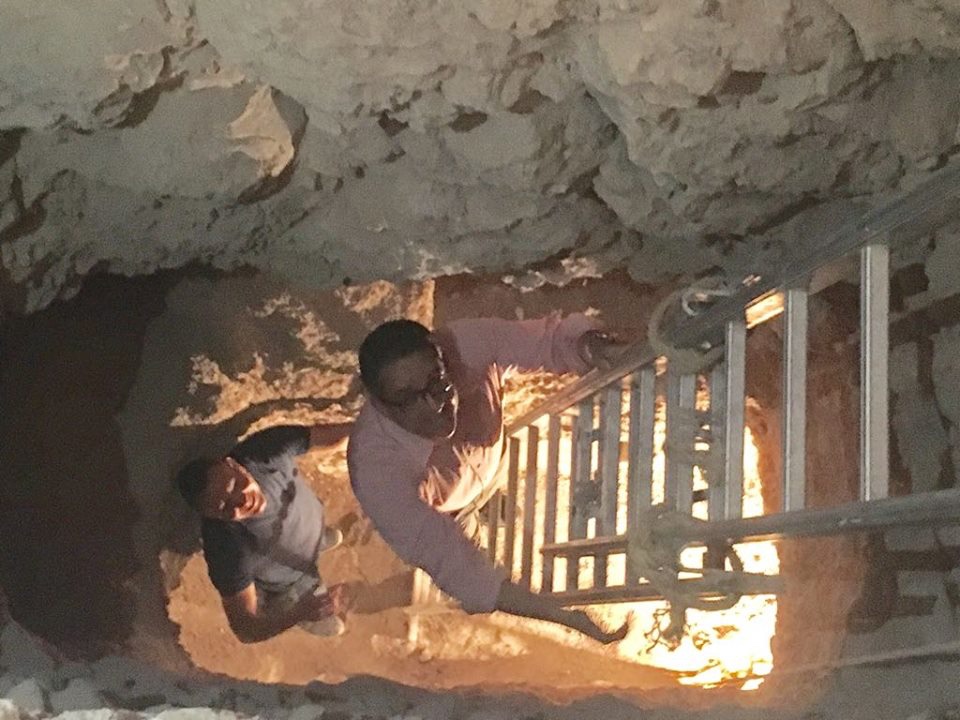
A ladder was used to enter and exit the 3,500-year-old tomb of the goldsmith Amenemhat and his wife in Luxor, Egypt.

Owen Jarus is a regular contributor to Live Science who writes about archaeology and humans' past. He has also written for The Independent (UK), The Canadian Press (CP) and The Associated Press (AP), among others. Owen has a bachelor of arts degree from the University of Toronto and a journalism degree from Ryerson University.


